Discover our guide to the best 7th century authors and get an intimate glimpse of this ancient time of literature.
The literature of the 7th century was diverse and flourished in several different cultures and languages despite a great deal of social and political turmoil. Life in the 7th century was quite different depending on where you lived in the world. It was a time of transition and change as various empires and cultures were in flux.
Yet, the 7th century was also a time of great literary activity, where a wide range of texts were produced, representing different cultures and languages, that continues to be studied and appreciated even today. If you’re interested in this topic, you might also enjoy the best 18th century authors!
Contents
- Here Are The 10 Best 7th Century Authors
- 1. Cædmon, 657 – 684
- 2. Eadfrith, birth date unknown – 721
- 3. Bāṇabhaṭṭa, unknown birth and death
- 4. Śāntideva, 685 – 763
- 5. Pope Gregory I, 540 – 604
- 6. Isidore of Seville, 560 – 636
- 7. John Climacus, 579 – 649
- 8. Hesiod, 750 – death unknown
- 9. Fredegar, date of birth and death unknown
- 10. Meng Haoran, 689-740
Here Are The 10 Best 7th Century Authors
1. Cædmon, 657 – 684

Cædmon is the earliest English poet who is known by name. He is one of 12 Anglo-Saxon poets known from medieval sources and one of three for whom both biographical information and literary works have survived. He was an Anglo-Saxon who worked as a cattle herder at Streonæshalch (Whitby Abbey) during the tenure of Abbess St. Hilda (657-680). He had no prior knowledge of poetry but learned to compose verse in a dream, as recorded by the 8th century monk Bede.
Cædmon later became a devout monk and an accomplished religious poet. His famous work, Cædmon’s Hymn, is a 9-line alliterative vernacular poem in praise of God, which he is said to have learned to sing while in repose. It’s one of the earliest known examples of Old English poetry.
“I am in charity, my children, will all the servants of God.”
Cædmon, Cædmon’s Hymn
- Amazon Kindle Edition
- West, Br. David (Author)
- English (Publication Language)
- 18 Pages - 09/08/2013 (Publication Date) - Delaware Publishing (Publisher)
2. Eadfrith, birth date unknown – 721
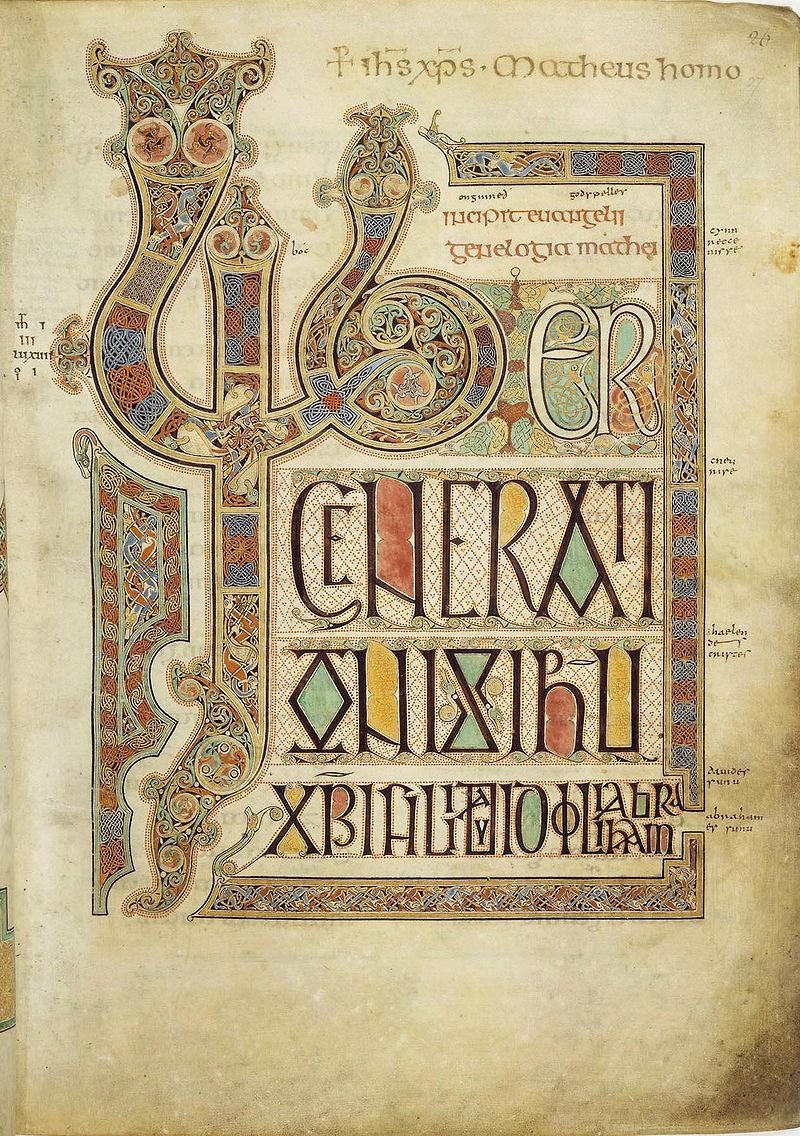
Eadfrith was an Anglo-Saxon bishop and scholar, best known as the scribe and illustrator of The Lindisfarne Gospels. The Lindisfarne Gospels is a stunning manuscript from the early Middle Ages. It was created in the late 7th century by Eadfrith, who later became bishop of Lindisfarne in 698 and passed away in 721. It was already nearly 400 years old when the Domesday Book was compiled, 500 years old when the Magna Carta was signed, and more than 700 years old when Johannes Gutenberg invented the movable type printing press.
The Lindisfarne Gospels’ original leather binding, which has since been lost, was crafted by Ethelwald, Eadfrith’s successor as bishop. Later in the 8th century, it was adorned with jewels and precious metals by Billfrith, the Anchorite. Eadfrith is also credited with writing a preface to the Codex Amiatinus, the earliest known example of an Anglo-Saxon preface to a religious text. Eadfrith is renowned for his artistic abilities as a metalworker and illuminator, and several other surviving manuscripts are believed to have been written or illustrated by him. You might also be interested in our list of the best 16th century authors.
- Amazon Kindle Edition
- Eadfrith (Author)
- English (Publication Language)
- 06/25/2013 (Publication Date) - eBookTreasures (Publisher)
3. Bāṇabhaṭṭa, unknown birth and death
Bāṇabhaṭṭa, or Bana, as he is commonly called, is considered to be one of the top three prose writers in classical Sanskrit. He lived during the late 6th and early 7th centuries AD. He is the author of Kadambari, a lyrical work of romantic prose that relates the story of the love between Kadambari, a princess of Gandharva, and Chandrapida. This prince is later revealed to be the God of The Moon. Considered a masterpiece of literature, it’s filled with vivid descriptive passages of forests, palaces, and landscapes and explores themes of love, separation, and unrequited love.
The book features an interesting parrot narrator and unfolds as an exciting romantic thriller set in the magical realms between this world and the other, where the mortal and divine seamlessly blend in idyllic splendor. His writing reflects a modern, humane, and sensitive perspective, particularly for the time period in which he lived in 7th-century India. Bana had a strong inclination towards challenging the established beliefs of his time. His literary strength lies in his storytelling abilities and ability to create characters with distinct personalities and vitality.
“But maturity of vision does not come even with age, and so how could it appear in youth? Only some fortunate ones have purity of conduct, keeping pace with the whitening of hair.”
Bāṇabhaṭṭa, Kadambari
- Amazon Kindle Edition
- Bana (Author)
- English (Publication Language)
- 423 Pages - 03/12/2010 (Publication Date) - Penguin (Publisher)
4. Śāntideva, 685 – 763
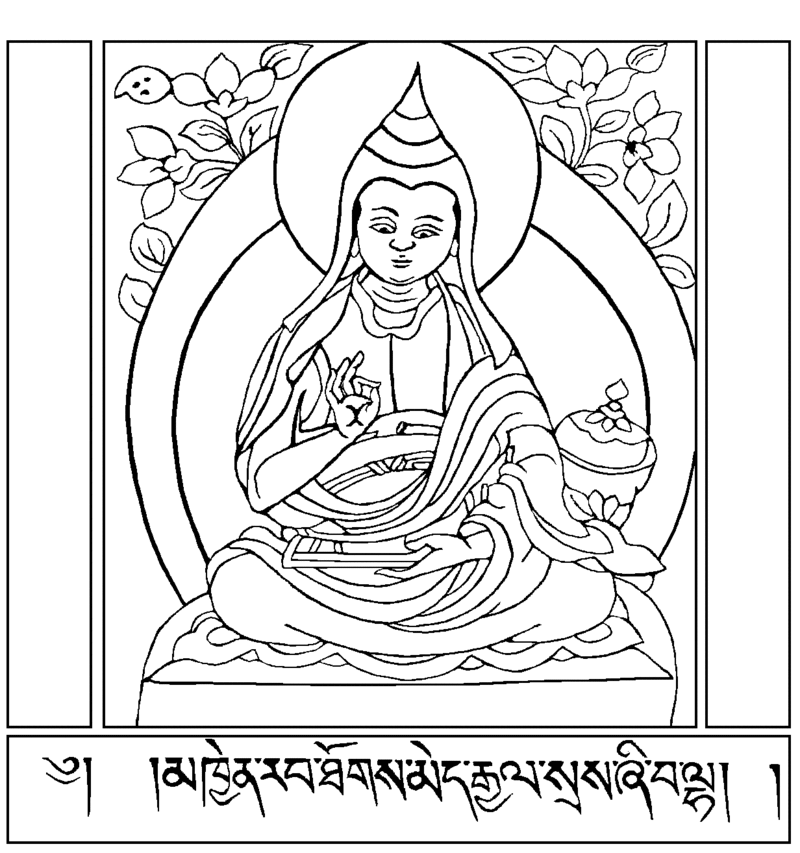
Śāntideva was a 7th-century Indian Buddhist monk and philosopher known for his influential works on Mahayana Buddhism ethics and devotion. He was a scholar at the famous monastic university of Nalanda in the Indian state of Bihar. He is best known for his two major works, The Way of the Bodhisattva and the Sikshasamuccaya, considered among the most important works in the Mahayana Buddhist tradition.
The Way of the Bodhisattva, also known as Bodhicharyavatara, is a widely-renowned Mahayana Buddhist classic that guides developing the mind of enlightenment and cultivating virtues such as love, compassion, generosity, and patience. Written in verse form, it details the path of bodhisattvas, individuals who willingly forgo their liberation for the sake of others and strive for the enlightenment of all beings. The text is highly respected and widely studied by Buddhists worldwide.
“If the problem can be solved, why worry? If the problem cannot be solved, worrying will do you no good.”
Śāntideva, GoodReads
- Amazon Kindle Edition
- Śāntideva (Author)
- English (Publication Language)
- 309 Pages - 11/06/2007 (Publication Date) - Shambhala (Publisher)
5. Pope Gregory I, 540 – 604
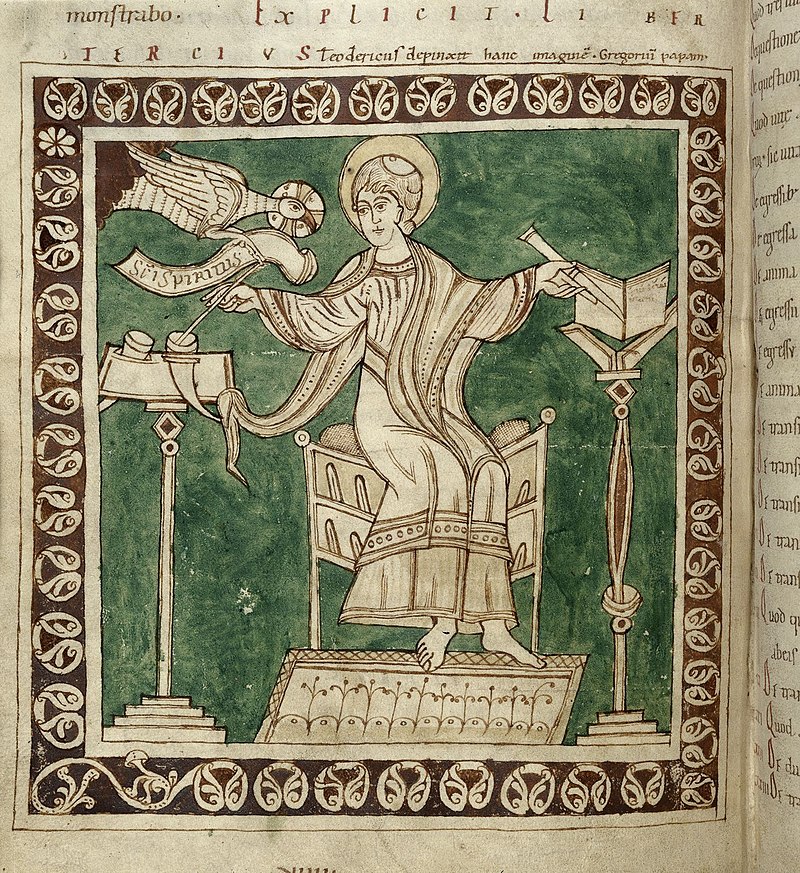
Saint Gregory the Great became Pope in 590 and was known for his strong commitment to preserving Catholic Church teachings. He established multiple monasteries and a school for church music, where he developed the famous Gregorian chants. He was a monk, abbot, and prominent leader in Italy and played a key role in shaping Catholic theology, organization, and discipline. Gregory of Tours praised him for his exceptional grammar, eloquence, and dialectic skills.
Gregory’s most notable work is Dialogues. The book is a collection of four books documenting the miracles, signs, and healings performed by Italian saints. The second book, in particular, is a significant source of information on the life and character of St. Benedict, as it provides the earliest and most reliable account of Saint’s life.
“We make Idols of our concepts, but Wisdom is born of wonder.”
Pope Gregory I, GoodReads
- Amazon Kindle Edition
- Saint Gregory the Great (Author)
- English (Publication Language)
- 361 Pages - 03/28/2016 (Publication Date)
6. Isidore of Seville, 560 – 636

Isidore of Seville, also known as Isodorius Hispalensis, was a Spanish bishop, encyclopedist, and theologian who lived in the 7th century. He’s considered one of the most influential figures of the early Middle Ages for his extensive writings on various subjects, including theology, history, science, and the liberal arts. He was canonized as a saint by the Catholic Church in the 13th century. He is best known for his book Etymologies, an encyclopedic work that aimed to provide a comprehensive overview of human knowledge and served as a key reference for centuries.
He also wrote several other important works, including The History of the Goths, The Catholic Homilies, and The Synonymes. The History of the Goths covers the history of the Visigothic kingdom in the Iberian Peninsula, including information on the rulers, political events, and cultural and religious practices of the time. It is considered one of Spain’s most important primary sources for understanding the Visigothic period.
“Live as if you were to die tomorrow. Learn as if you were to live forever.”
Isidore of Seville, GoodReads
- Hispalensis, Isidorus (Author)
- Latin (Publication Language)
- 30 Pages - 11/05/2014 (Publication Date) - Createspace Independent Publishing Platform (Publisher)
7. John Climacus, 579 – 649

John Climacus, also known as John of the Ladder, John Scholasticus, or John Sinaites, was a monk and ascetic in the Eastern Orthodox Church. He is best known for his work, The Ladder of Divine Ascent, a spiritual guide for monastics and laypeople. The book was originally written as a guide for monastics on the path to spiritual perfection. It consists of thirty steps, each representing a year in the life of Christ, the ultimate example of perfection.
The book was written for John, the Abbot of Raithu, a monastery on the Red Sea, and gained popularity in the Eastern Orthodox Church. It’s still widely read today, particularly during the Lenten season leading up to Easter, and is regarded as one of the most important works in Eastern Christian spirituality.
“Fight to escape from your own cleverness. If you do, then you will find salvation and uprightness through Jesus Christ our Lord.”
John Climacus, The Ladder of Divine Ascent
- Amazon Kindle Edition
- Climacus, John (Author)
- English (Publication Language)
- 162 Pages - 02/22/2017 (Publication Date)
8. Hesiod, 750 – death unknown
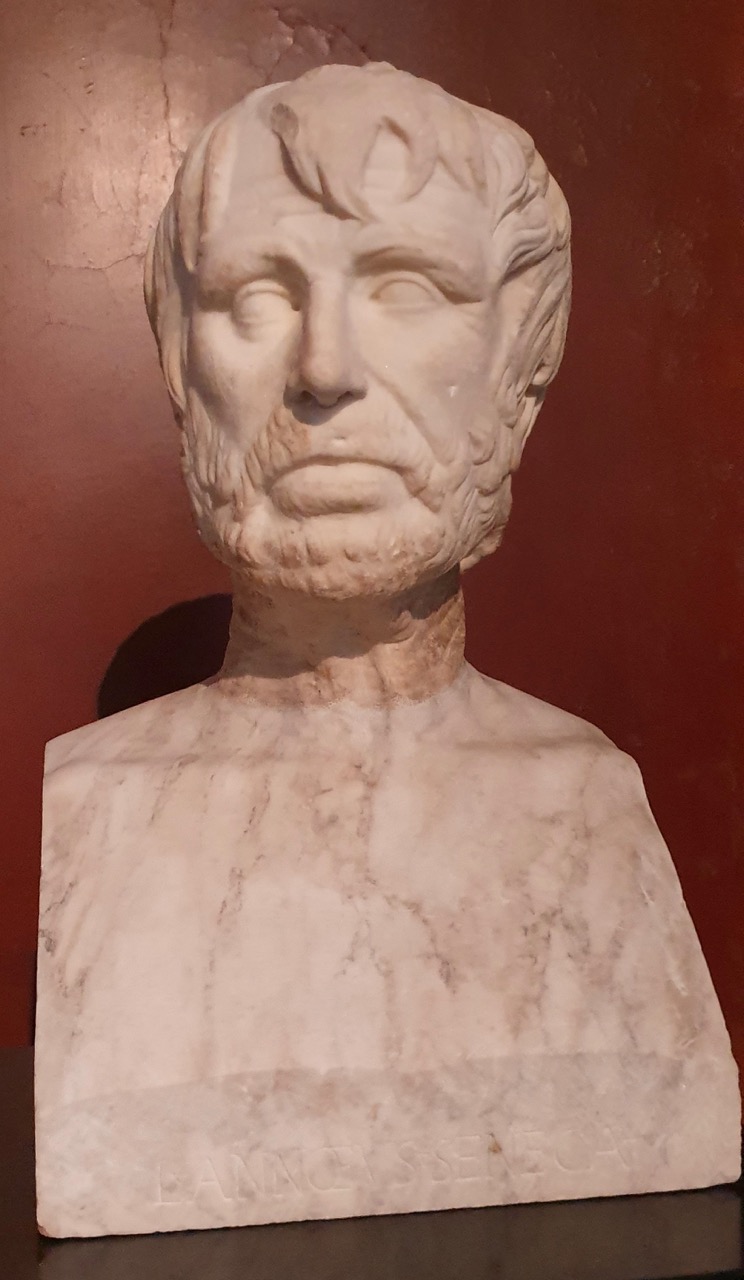
Hesiod was an ancient Greek poet believed to have been active in the late 8th and early 7th centuries. He is best known for his two epic poems, The Theogony and Works and Days, which were important in ancient Greece’s religious and cultural life. The Theogony is a genealogical poem describing the origins of the gods and the world. At the same time, Works and Days is a didactic poem on ethical and practical themes, including farming and moral conduct.
Works and Days is a mix of advice, teachings, and stories containing moral and practical themes such as farming, hard work, and proper conduct. It also includes a mythological section about the Five Ages of Man, which describes the decline of humanity from the Golden Age to the present Iron Age. The poem is written in the form of a conversation between Hesiod and his brother Perses, and it advises Perses to be honest, work hard, and avoid laziness and greed. It also contains some astronomical and meteorological observations, a description of the calendar, and the division of the year into seasons.
“But he who neither thinks for himself nor learns from others, is a failure as a man.”
Hesiod, Works and Days
- Amazon Kindle Edition
- Hesiod (Author)
- English (Publication Language)
- 136 Pages - 10/01/1993 (Publication Date) - Hackett Publishing Company, Inc. (Publisher)
9. Fredegar, date of birth and death unknown
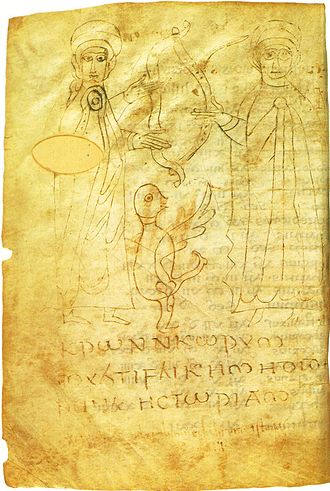
Fredegar was a 7th-century Frankish chronicler and the author of the Chronica, a Latin chronicle of world history from the Creation to the 7th century. The chronicle is believed to have been written in the court of the Austrasian king, Dagobert I, and is an important source for the history of the Frankish kingdoms during the 7th century.
Fredegar’s chronicle is divided into four parts: the first part is a retelling of the biblical account of creation and the history of the world; the second part is a history of the Roman Empire; the third part covers the history of the Germanic tribes; and the fourth part covers the history of the Frankish kingdoms. The work is notable for its extensive use of earlier sources, including the Bible, Jerome’s Chronicle, and the History of the Franks by Gregory of Tours.
- Hardcover Book
- Wallace-Hadrill, J. M. (Author)
- English (Publication Language)
- 330 Pages - 04/29/1981 (Publication Date) - Praeger (Publisher)
10. Meng Haoran, 689-740

Meng Haoran was a Chinese poet of the Tang dynasty, considered one of the four greatest poets of the High Tang period. He was born in what is now Suzhou, in the Jiangsu province of China. He was a government official and served in several provinces during his career. He wrote poetry on various topics, including nature, landscape, and personal feelings.
Still, he is mainly known for his poems about the beauty of the countryside and his simple and unadorned style. His poetry is known for its natural imagery and ability to evoke a sense of peace and solitude. His works are still read and studied today, primarily in Asian cultures. A collection of his work is available as An Anthology of Meng Haoran. Check out our round-up of the best 20th century authors to find your next favorite novel!
“I slumbered on a spring’s morning and missed the dawn from everywhere. I heard the cry of birds. That night, the sound of wind and rain came. Who knows how many petals had fallen?”
Meng Haoran, AZQuotes
- Amazon Kindle Edition
- Meng, Haoran (Author)
- English (Publication Language)
- 19 Pages - 05/12/2012 (Publication Date)